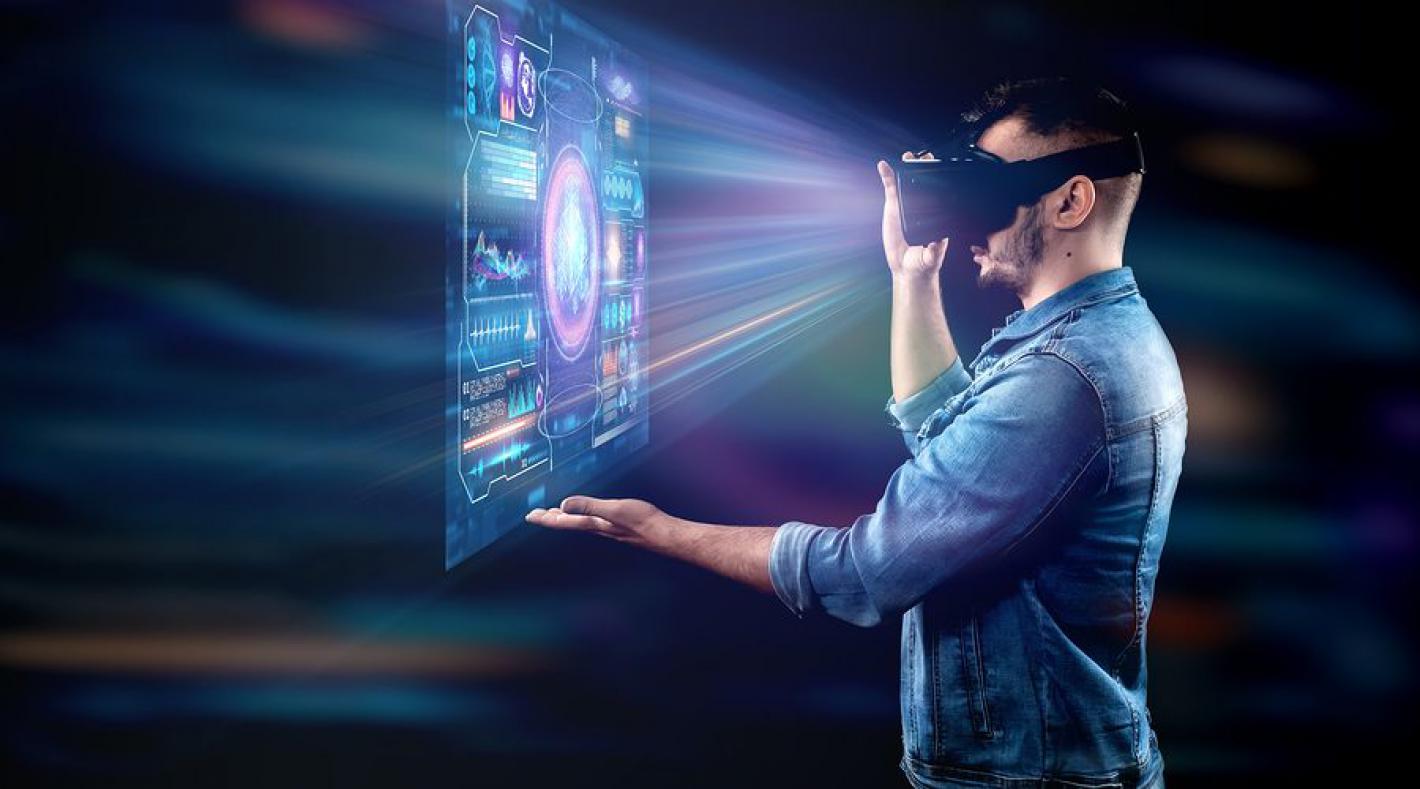Weighing up the costs of Virtual Reality supported training
Van Media & Learning
In a previous article I wrote about which domains are perfectly suited for using XR. In this article I will further elaborate on when to use VR and what the benefits are, both for the trainer and the trainee, now from an economic perspective.
As argued before, virtual reality offers unprecedented learning opportunities. However, it does come with a cost too, higher than other ways of learning. So one has to decide whether there is a return on investment. Although decisive results have not yet been delivered, Deloitte produced a useful decision framework for investments in virtual reality. Unless the VR training provides rare, complex or otherwise impossible or unsafe conditions, the investment might not be worthwhile.
Virtual reality indeed decreases the time needed to attain the expertise level aimed for, due to the fact that, for example, a surgeon only gets to enhance his surgery skills in specific situations whenever that situation comes up. This could easily take up to 30 years! When compiling training scenarios in VR however, the surgeon could enhance these skills in 6 months, reducing the training time immensely. This also applies to pilots, therapists, engineers, teachers … Indeed all professions with complex and non-recursive working conditions.
Virtual reality also creates learning opportunities which in real life would just be impossible. Pausing or accelerating chemical processes, experiencing what it means to be a victim of rape in counseling therapy, seeing for yourself how babies experience life in the womb for midwifery … these are all learning opportunities creating a better understanding of the content, but which are just not possible in any other way than through virtual reality.
Apart from being impossible, it might just be too dangerous to train in real life. Examples are easily found. Think of training fire rescue scenarios, training how to survive an earthquake, explaining the dangers of drunken driving … Safe should also been considered in a broad sense: feeling safe, as in feeling comfortable is also an important benefit of virtual reality training. Especially when training soft skills, trainees often feel themselves to be uncomfortable: they are reluctant to train their skills during role play, they do not feel comfortable giving a speech to a big audience or to welcome tourists at a hotel desk. In virtual reality, these experiences feel, although authentic, less confronting. Although the trainee feels himself present in the virtual setting, experiences it as ‘real’ and performs accordingly, he feels comfortable enough since it is … not real.
Indeed, when merely delivering content or when training simple, repetitive scenarios, other learning pathways might be considered as a more cost efficient strategy. Deloittes framework however should be elaborated on in at least six ways. First, virtual reality training can easily reduce the use and waste of materials. In welding and construction for example, during training a lot of materials are used and turned into waste afterwards. This is not the case in VR, hence a reduction in costs. Secondly, virtual reality can reduce the risk of damaging often expensive operating machines. When training, mistakes are made, some of which could do harm to the machines being manipulated. In VR there is no such risk. Thirdly, the trainer-trainee ratio can be increased, creating a higher pass-through of trainees. When training complex procedures, there often is a 1-3 trainer-trainee ratio, which means a high cost in terms of trainer efforts. In VR the virtual coach gives feedback and guidance to each trainee individually without the need for more effort. The virtual coach makes it possible too for the trainee to work through the programme over and over again, without the need for an actual trainer. This creates more leaning opportunities for the same cost. This is particularly true when cnsidering traditional training scenarios, where all participants have to travel to the same location at the same time. In virtual reality training every trainee can train whenever it suits him or her best.
This personalised learning potential brings us to other benefits: the unique affordances of virtual reality training for learning and training. This will be part of the third article in this series on learning in virtual reality.


